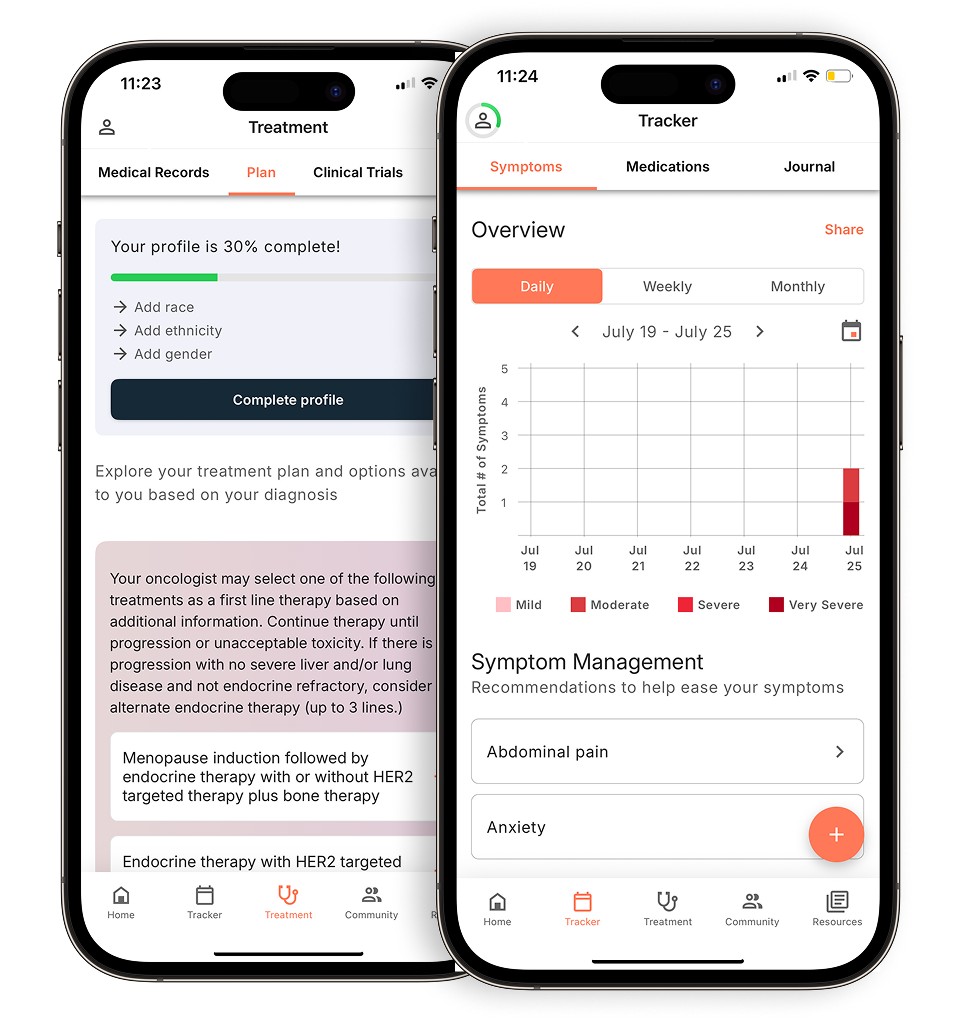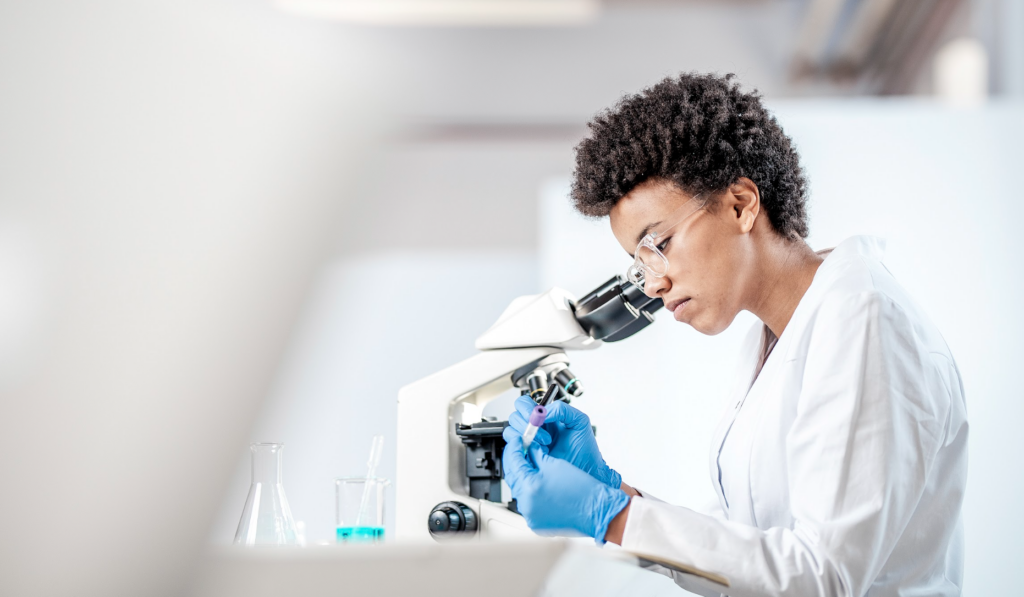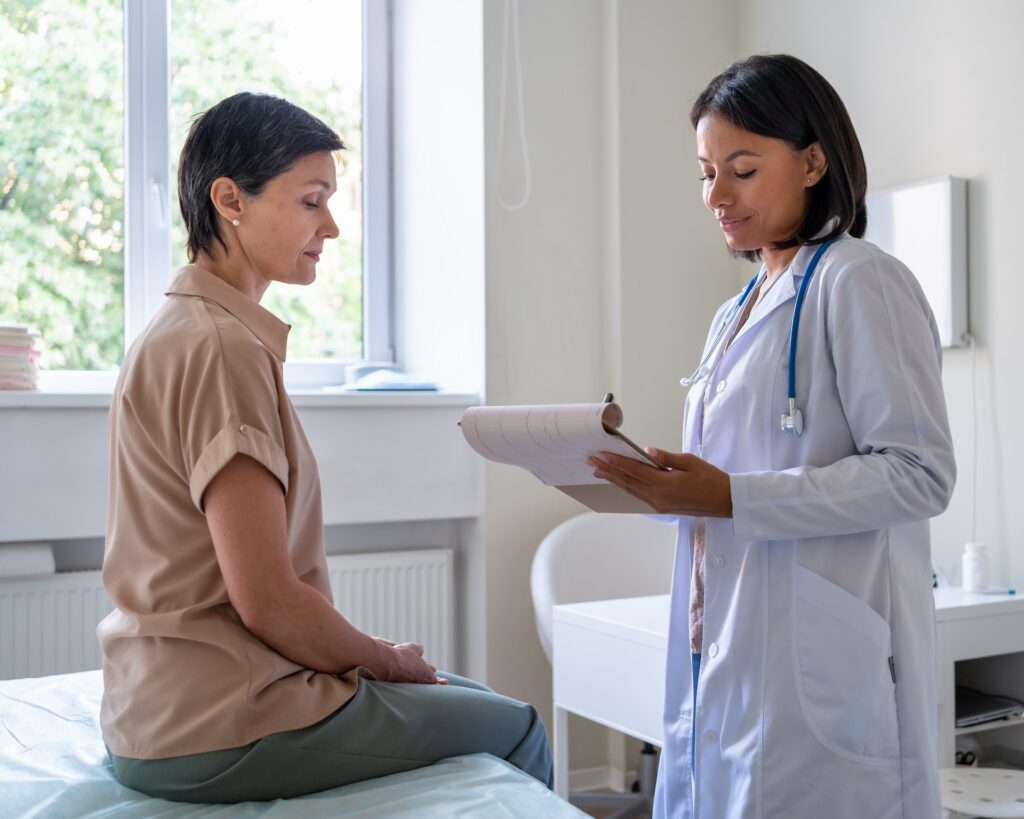When it comes to breast cancer, awareness and early detection are key. One lesser-known but critical sign to watch for is a breast cancer rash. Understanding this symptom can empower you to seek prompt medical advice and potentially improve outcomes.
With inflammatory breast cancer (IBC), a rare but aggressive form of breast cancer, the rash may resemble an infection or inflammation. Unlike typical breast cancers, which often present as a lump, IBC can at first appear similar to a bug bite.
Inflammatory breast cancer progresses rapidly. Because it doesn’t usually present as a lump, it can be easily mistaken for a benign condition like mastitis or a simple skin infection. However, IBC is aggressive and requires early and intensive treatment.
The symptoms of a breast cancer rash can be subtle yet distinctive. Here’s what you should look for:
- Redness: The affected breast may appear red or inflamed. This redness can cover one-third or more of the breast and may come on suddenly.
- Swelling: You might notice significant swelling, making the breast appear larger than the other. This swelling can happen quickly, sometimes within a few weeks.
- Warmth: The affected area might feel warm to the touch, similar to an infection.
Skin Changes: One of the hallmark signs of IBC is peau d’orange, where the skin takes on a texture similar to an orange peel. This thickening and pitting of the skin are due to cancer cells blocking the lymphatic vessels. - Pain or Tenderness: Unlike other forms of breast cancer, IBC can be painful. You might experience tenderness or an aching sensation in the affected area.
If you notice these symptoms, it’s crucial to seek medical attention immediately. Early diagnosis and treatment can significantly impact your prognosis.
Paget’s disease is another rare form of breast cancer that manifests as a rash. With Paget’s disease, the rash typically starts in the nipple and can spread to the skin surrounding the nipple. Topical treatments may appear to help the rash in the early stages, making it particularly important to monitor your symptoms and any changes to your breast closely.
Here are the symptoms of Paget’s disease:
- The skin around the nipple or areola is thickened, red, and itchy
- Flaky or scaly skin around the nipple
- Hardened skin resembling eczema on the nipple or areola
- Flattened or inverted nipple
- Bloody nipple discharge
- A burning or tingling sensation
If you observe any of these changes in your breast, don’t wait. Schedule an appointment with your healthcare provider as soon as possible. They will perform a physical examination and may order imaging tests or a biopsy to determine the cause of your symptoms.
For more support and resources, join our community at Outcomes4Me. Stay informed, stay connected, and let’s navigate our trials together. Remember, your health is a priority. If you notice any unusual changes, don’t hesitate to contact your healthcare provider. Together, we can face breast cancer with knowledge and support.
Personalized support for real care decisions
Understand your diagnosis, explore clinical trials, and track symptoms--all in one place.
Get started
Compare treatments, prepare for appointments, and track side effects—all in the app
Built for your diagnosis, Outcomes4Me gives you the tools to make confident, informed decisions—right when you need them.
Continue in app






